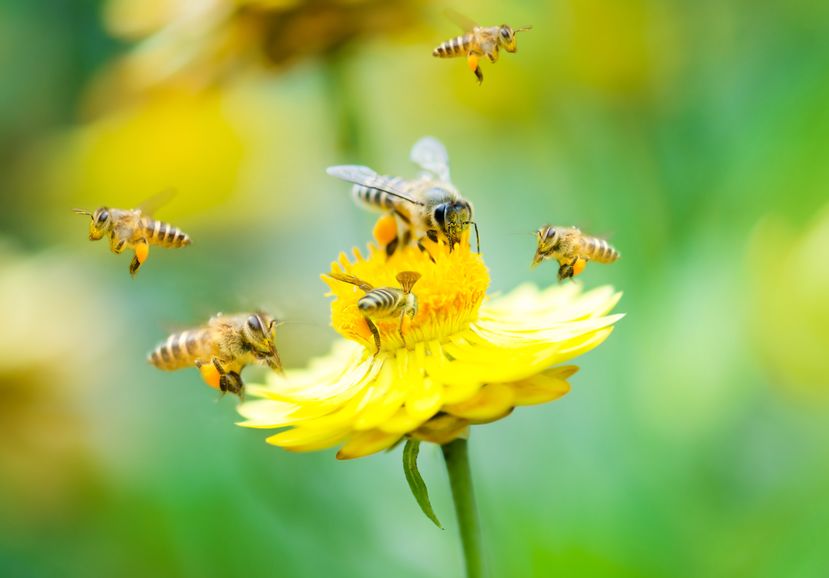As summer begins and we plant, spray and fertilize, we should know that Montgomery County, Maryland, prohibits “weed-and-feed” lawn fertilizer and most “synthetic pesticides,” but allows farmers, orchardists and homeowners to use “organic” products that can be dangerous to bees, other wildlife and humans.
New York is considering a five-year statewide ban on neonicotinoid insecticides. It would likely result in the use of chemicals that may actually be much more toxic to the birds and bees it seeks to protect.
Other jurisdictions are pondering comparable actions that could pose similar problems.
Neonicotinoids were introduced in the 1990s to replace less targeted, more toxic pest control chemicals. Primarily used to coat seeds, “neonics” significantly reduce the need for aerial and ground-level spraying that can harm bees and other pollinators.
This advance has helped boost crop yields while protecting the environment. Losing neonics would put many states’ farming economies at risk.
In Canada, the same misinformation that’s motivating U.S. bills persuaded Ontario lawmakers to pass a neonic ban in 2015. Farmers have since reported paying four times more for an alternative pesticide that is less effective and can’t even be used on some crops.
Activists had previously gotten a European neonic ban implemented in 2013. A subsequent study found the ban disastrously counterproductive. British farmers were spraying four times more often than before, using older pesticides like pyrethroids and organophosphates that are less effective, must be sprayed several times during the growing season, and often harm bees, other non-target insects and even birds.
Insect pests increased dramatically, and the European canola (oilseed rape) industry suffered revenue losses of more than $430 million in just a few years.
Proposed legislation is often the result of environmentalist claims that bees are threatened by neonics. However, actual data show the opposite is true.
Despite claims of a “bee-pocalypse,” except during a period of “colony collapse disorder” due mostly to Varroa mites, honeybee colonies have been rising worldwide since the 1990s, when neonics first came on the market. Agriculture Department surveys show that U.S. honeybee hive numbers have increased seven out of the last ten years, and there are now over 150 thousand more beehives than in 1995.
A closer look at New York’s crop yields also confirms that honeybee colonies are healthy. Apple yields are almost exactly the same as they were 10 years ago, indicating that pollinators are thriving and busy doing their job. Similar lessons apply elsewhere.
There’s no doubt that honeybees have problems. Overwinter losses are still high some years and, while bees reproduce rapidly and beekeepers can quickly replenish their hives, these losses can significantly strain this small but important industry.
Almost all experts agree, however, that the worldwide spread of the deadly Varroa destructor mite is the main culprit. They arrived in the U.S. in the late 1980s and spread widely over the next decade. The parasites attach to bees, suppressing their immune systems, carrying deadly diseases and creating pathways for other diseases to enter bee bodies.
Activists like to blame pesticides, but the vast canola fields in western Canada show how benign neonics actually are. The canola is 100% grown with neonic-coated seeds, and large, successful beekeepers cart their hives into the middle of the canola fields because they produce delicious honey.
As domesticated bees recovered, anti-pesticide activists began talking about wild bees, which can also be important for pollination. They get their facts wrong here, too.
